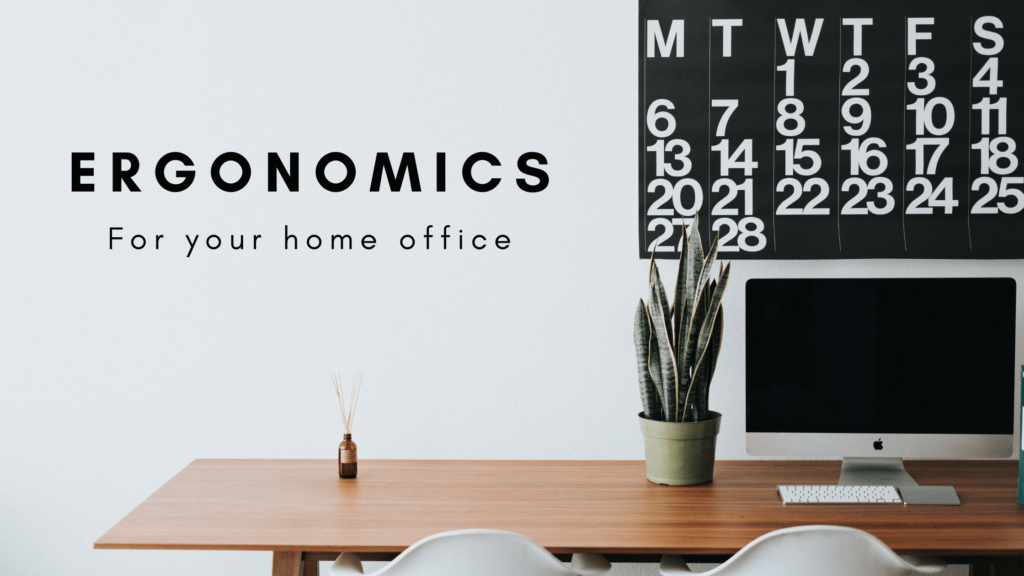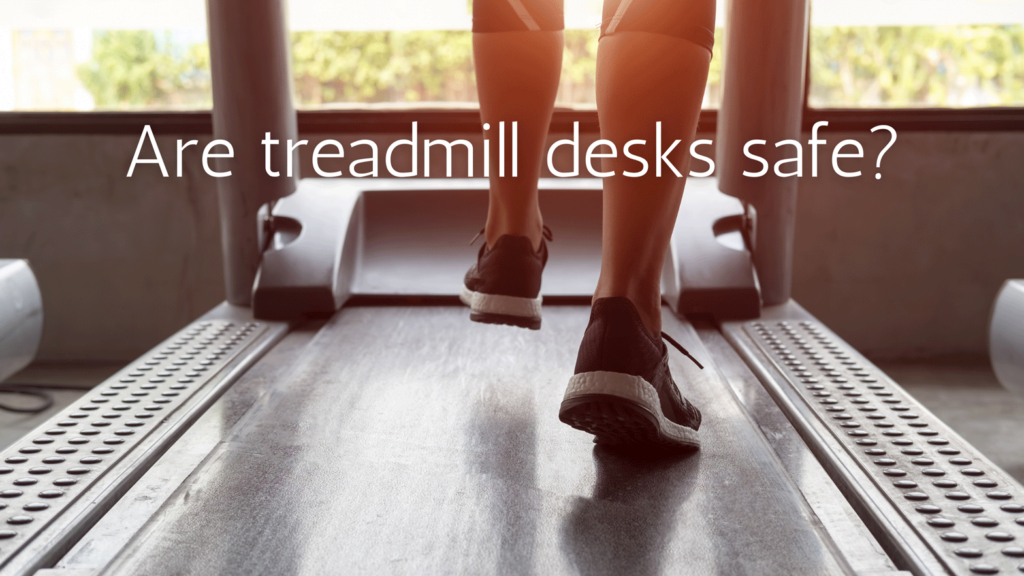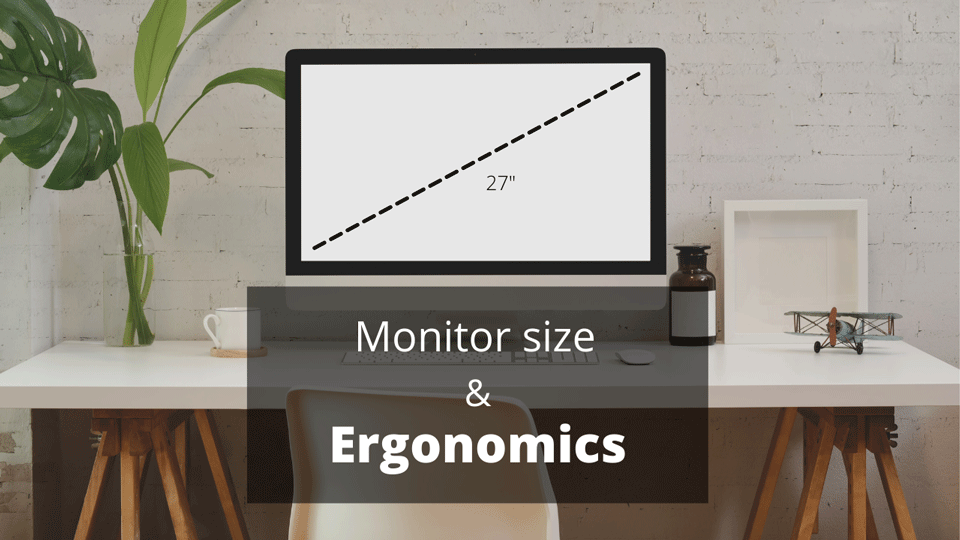If you use single or dual monitors, you may have wondered if a third monitor would be more beneficial or make you more productive.
Using three monitors helps you focus your attention on the center screen but allows you to multitask and stay organized with two other screens.
What are the benefits of three monitors?
A three-monitor setup can be beneficial by increasing productivity and helping you stay organized.
According to an article from the journal of human factors and ergonomics, “multiple monitors may increase task efficiency with decreased desktop interaction; however, implementing multiple monitors may also result in nonneutral neck postures for users.”
Another article found that multiple monitors can decrease the number of mouse clicks you use each day. This can reduce the time it takes to open and close windows, but having multiple monitors can also help you remember what tasks you’re using.
This can help you stay more organized but it can also add distraction to your workflow.
Triple monitor desk setup
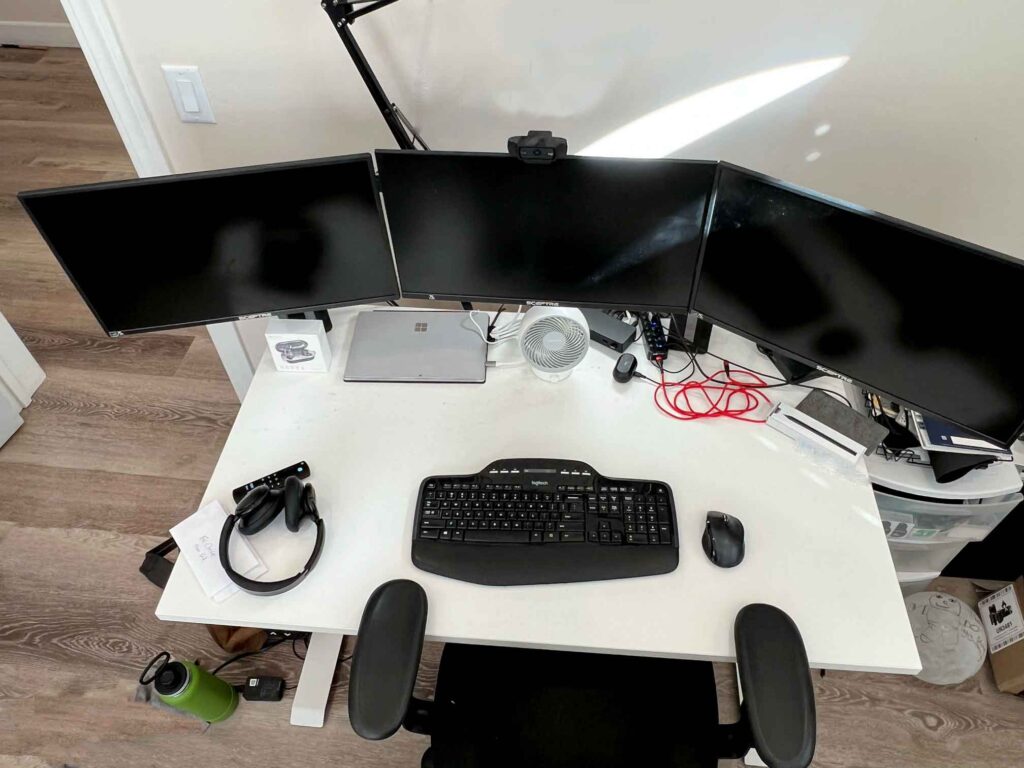
What do you need for a triple monitor desk setup? First you’ll need a large desk (62-72″). You’ll also need thee monitors.
Most people won’t need monitors larger than 24″. You might also decide on a 27″ center monitor and two 24″ monitors. I wouldn’t do anything larger than 27″ for all three monitors.
You’ll also need a mount for three monitors, and you’ll need to make sure the top of each monitor is level with your eye level. You can do this by purchasing a mount that raises and lowers.
You might also consider having an ergonomics assessment to eliminate positioning hazards and improve productivity.
Who benefits from a Tri-monitor setup?
A tri-monitor setup can be useful for video editors, radiologists, professional writers, coders, animators, directors, or photographers.
- A video editor can take advantage of a three-monitor setup by using the center monitor for their timeline, the left monitor for their media files, and the right screen for the video output.
- A photographer can benefit from three monitors when using the center screen for adjusting photos in lightroom, the right monitor for photoshop, and the left screen for media files, adobe bridge, or lightroom’s dual monitor settings.
- If you’re a writer, you may use the center screen to create your draft and your second and third screen for research.
There are a million ways to set up three monitors, but the most ergonomic method is to spend most of the time using the center monitor, and short bursts of time using the left and right monitor to reduce neck strain.
How to position three monitors for ergonomics
When working with three monitors, the center monitor should be directly in front of the user. The second and third monitor should be placed on the right and left of the center monitor and angled 30 degrees to the dominant eye.
Distance between screen and user
Most monitors should be 20″ away from your eyes (arms length), but it depends on the screen size.
The optimal placement is in the area of your central vision. The further you are away from the screen, the greater your field of view. See images below.
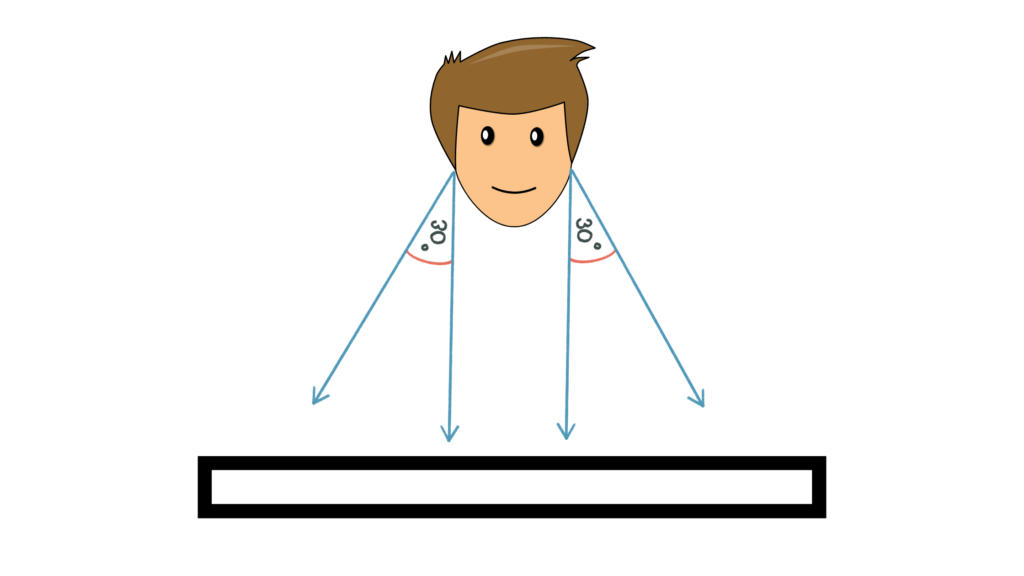
The monitors should not be too far away causing you to lean forward, but they should also not be too close as that would decrease your field of view.
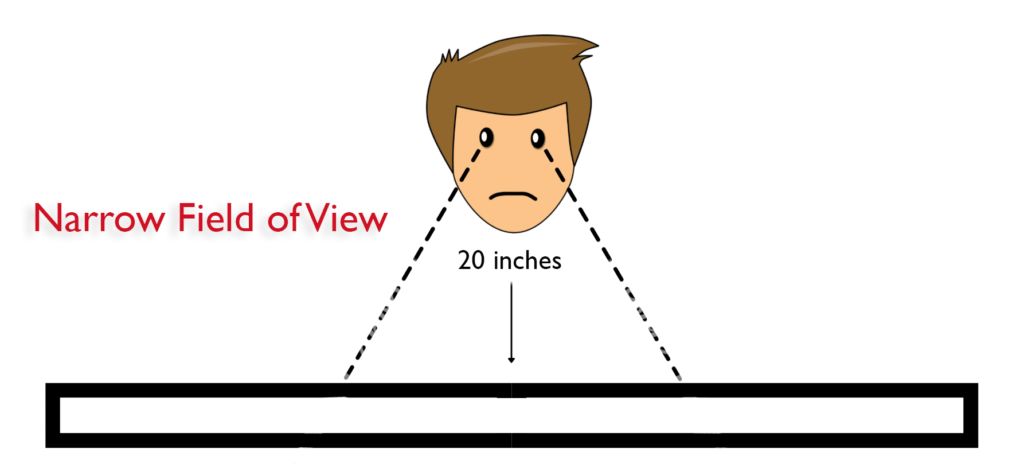
What monitor size is best for ergonomics?
In general, the best size monitor for most people is between 24 and 27 inches, but it depends on the user’s applications. Small monitors will need to be pulled forward to maximize viewing angles, while larger monitors will need to be pushed back.
Best screen size for three monitors
The best monitor size for three monitors is around 22-24”. Anything larger will dramatically increase the motion of your neck.
Be sure that most of your time is spent using the center monitor to reduce neck strain.
You might also consider using an ultrawide curved monitor, but this may require management software to increase productivity.
It can also increase screen glare. Be sure to eliminate room lighting so reflected light isn’t a problem.
Vertical monitors
Vertical monitors can be great for specific applications or browsing the web, but mostly vertical monitors are too tall. If you’re adding a vertical monitor as part of a three-monitor setup, make sure all the monitors are the same height.
In general, the top bar of the screen should be level with your eyes unless you use bifocals, trifocals, or progressives. With a vertical monitor, it’s almost impossible to keep the top bar of the screen at eye level.
Pros and Cons
Here are a few pros and cons of using a triple monitor setup.
- More beneficial for anyone using multiple applications.
- Helpful for users who mainly focus their time on the center display
- May increase neck fatigue and strain over extended periods of time.
- Improve efficiency
Conclusion
Is it really worth it to use three monitors? Three monitors are worth it if you use the center monitor as the primary monitor and occasionally glance at a second or third monitor. In most situations, dual monitors are enough.
I hope you enjoyed this article. If you’d like to learn office ergonomic tips check out my other page here and subscribe below.

David is the lead editor of OT Focus. He has been practicing as an Occupational Therapist since 2013. He specializes in acute care, hand therapy, and ergonomics.



